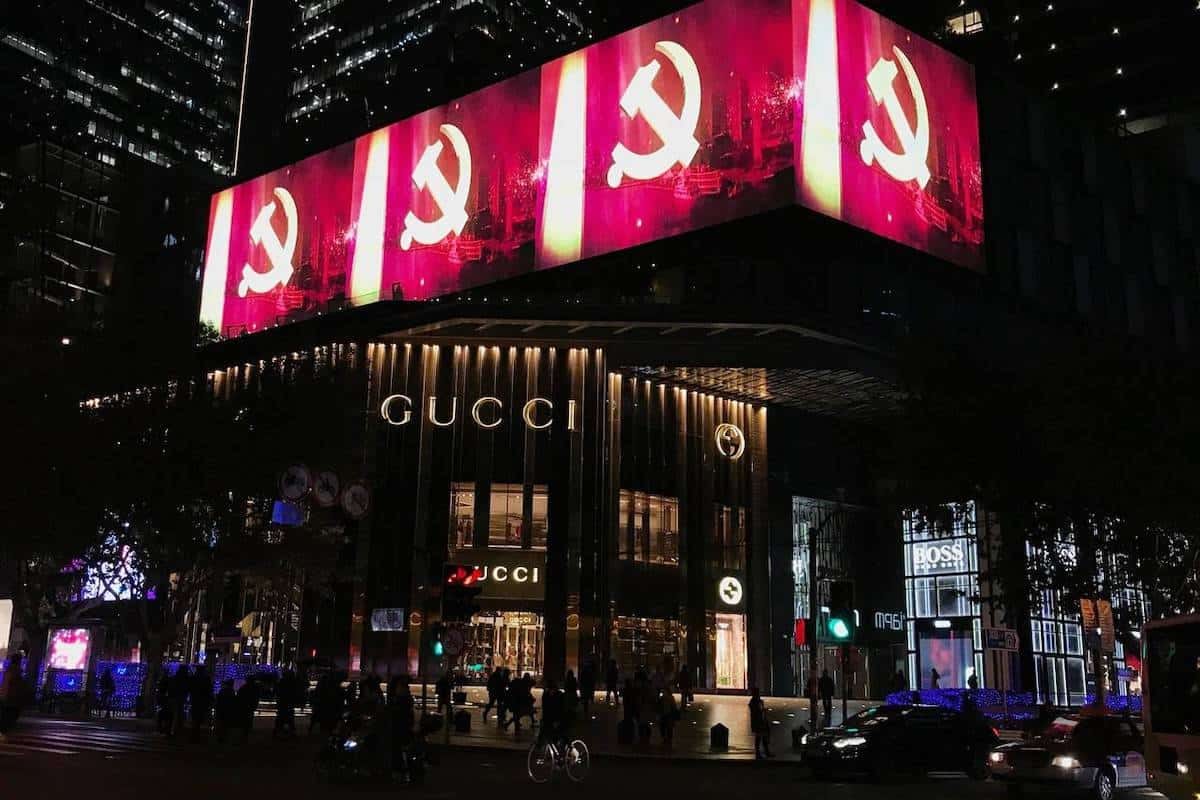RTSG - Corporate Governance in the People's Republic Notes
This is a note, this is not my own publication. All rights go to RTSG Media.

https://www.rtsg.media/p/corporate-governance-in-the-peoples
Outlines how China is able to exert influence over both state-owned and non-state-owned enterprises.
Corporate Social Credit
Corporate Social Credit is the way the CPC can detect whether a SOE or non-SOE can enact on their promises. The score is used to regulate the private sector and continue to clamp down on potential exploitative behaviour that may be undergone.
Social “credit” can also be translated from Chinese as being social trustworthiness.
The score is given to private firms, with real punishments and drawbacks for whom fail to achieve a high score.
The social credit rating includes court rulings, tax records, environmental protection issues, government licensing, product quality, work safety and administrative punishments by market regulators.
Any individuals who end up on a blacklist due to mistreatment of workers or violating the laws around workers’ rights are given penalties. Following are the reasons for a low social credit score.
- Basic identifying information for the company, including the company’s Unified Social Credit Code and permits held;
- Any applicable administrative penalties;
- Any payment defaults recognised by the Courts;
- Any instances of tax evasion and fraud;
- Instances of illegal importing or exporting;
- Unpaid wages.
The Social Credit System is meant to serve as a market regulation mechanism. The goal is to establish a self-enforcing regulatory regime fuelled by big data in which businesses exercise “self-restraint”. The basic idea is that with a functional credit system in place, companies will comply with government policies and regulations to avoid having their scores lowered by disgruntled employees, customers, or clients. Companies with bad credit scores will potentially face unfavourable conditions for new loans, higher tax rates, investment restrictions, and lower chances to participate in publicly funded projects.
The Corporate Social Credit System can also signal corporate fealty to the CPC. Which can force the hand of companies and incentivise them to participate in policy that helps the people. Such as poverty alleviation and adhering to deadlines for national infrastructural projects.
The social credit system is purely self-reflective.
There are two lists associated with the Social Credit System, Blacklists and Red-lists.
The blacklists holds individuals or companies who violate a set of regulations. Companies that are found to have engaged in seriously untrustworthy behaviour may have their business license revoked and credit irreparable. As well as being subject to imprisonment.
Acts include:
- Violations of food and drug safety, environmental protection, engineering quality, production safety, product quality, and fire safety regulations.
- Bribes, tax evasion, debt default, failure to pay wages, illegal fund-raising, contract fraud, pyramid schemes, unlicensed operations, infringement of intellectual property rights, big rigging, false advertising, infringement of consumer rights, infringement of investor rights, serious internet behaviour violations, and disruption of social order.
Foreign enterprise is not free from the social credit score. Companies that do not comply or actively reject party building and the formation of party organisations within the enterprise will be penalised by the Social Credit System.
Corporate Party Organisation
The following diagram shows the organisation the Party, and corporations.
In the large state-owned-enterprises, the Party Secretary appoints the top executives and directors, often simply relaying orders from the Communist Party of China’s Central Organisational Department, and effectively exercising a leading role in the company. Thus, significant overlap between the Party committee or group with traditional corporate structures. Where the two structures diverge is that real power flows through the party channels, leaving the board and formal corporate top executives with scant real authority.
